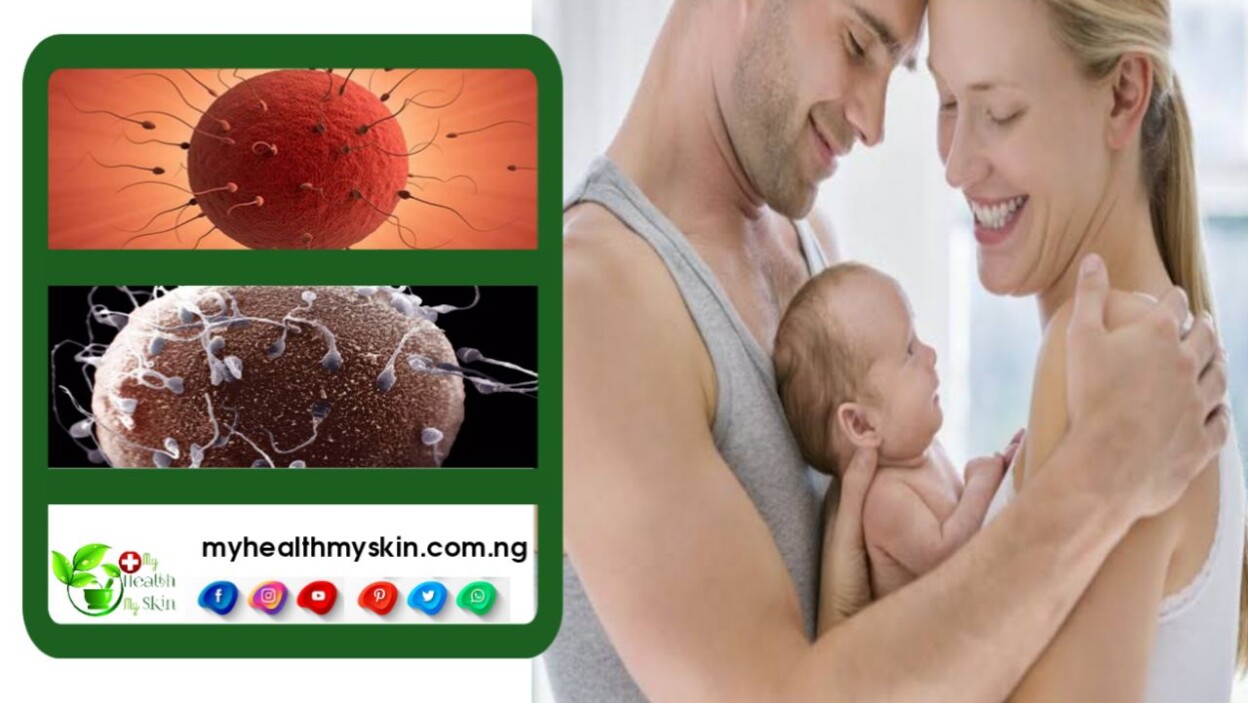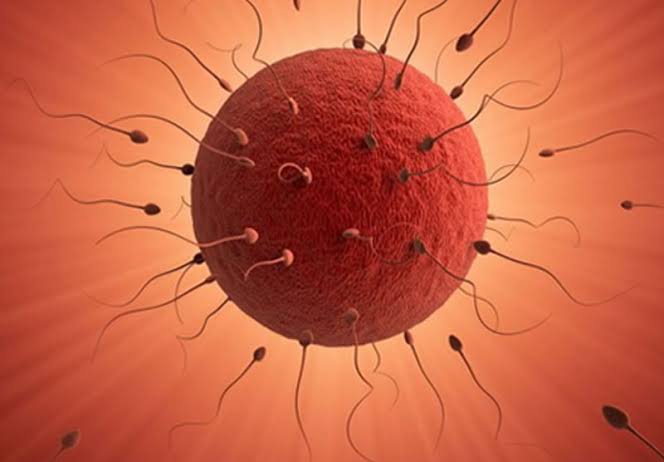When talking about a couple’s ability to conceive and give birth to a child, experts often use the word fertility. In women and men, it is represented by different factors, but the essence of the concept is the same and does not depend on gender.
What is FERTILITY?
The term comes from the Latin fertilis – “fertile, fertile”. Fertility is the ability of a sexually mature person to produce viable offspring.
As already mentioned, the concept is applicable to both women and men. It is fertility that determines a couple’s chances of becoming parents.
Therefore, infertility examination is based on the search for factors affecting this indicator of reproductive health.
When it comes to the female body, fertility refers to the ability to conceive, bear and give birth to a healthy child.
If there are difficulties with 2 factors out of 3, low fertility is said. Normal is stated if a woman can get pregnant, carry and give birth without medical help.
The number of eggs in a woman is called the ovarian reserve.
It is laid at the stage of embryonic development of a girl: about 7,000,000 eggs are formed.
At birth, their number is 2,000,000, and by the time of maturation and the beginning of the menstrual cycle, only 500,000 remain.
At the same time, not every egg is suitable for conception. This happens both for natural reasons and as a result of the negative influence of external factors.
In each menstrual cycle, unfertilized eggs die, and so on until the ovaries are completely exhausted.
For this reason, fertility is not the same in different periods of life. Already in the period after 32 years, the indicators decrease significantly: the chances of a natural pregnancy at this age do not exceed 25-30%.
Male fertility is related to the ability of spermatozoa to fertilize an egg. It is determined by the number and quality of germ cells in the seminal fluid.
According to current standards, 1 ml should contain at least 15,000,000 healthy spermatozoa: morphologically correct and motile.
Fertility is affected by many factors:
- Physical health;
- Genetics and heredity;
- Lifestyle, stress, bad habits;
- Immune system and autoimmune diseases;
- Suffered diseases and operations;
- Environmental factors.
Fertility tests for women and men
In order to get a clear picture of the state of the body, it is necessary to contact the “Lada” clinic, which provides a full range of all kinds of tests to determine reproductive abilities. A standard survey of such a plan includes:
- Ultrasound;
- Tests for FSH, LH, AMH and other hormones if necessary;
- Examination by a reproductive specialist.
During an ultrasound examination, the doctor studies the maturation of oocytes, compares the levels of hormones and connective tissue in the follicles.
The specialist evaluates the condition of the endometrium, the patency of the fallopian tubes, and other indicators of the female reproductive system.
Only a professional reproductive specialist can conduct such an examination.
Home tests do not provide the level of accuracy required for pregnancy planning.
Ovulation tests are usually performed to determine the so-called fertile window – the period in which conception has the highest chances. As a rule, it is 5 days before and 1-2 days after ovulation.
A spermogram is required to assess male fertility. At the “Lada” clinic, this is a detailed examination of an expert class with a review after 3 hours. It is conducted by an embryologist.
The specialist analyzes the indicators manually, evaluating the ratio of healthy spermatozoa to cells with defects according to Kruger’s criteria. Normally, the indicator is not lower than 30%.
How to increase fertility in men and women?
The male reproductive system is subject to correction. With the right approach to treatment, it is possible to significantly increase the quality of sperm.
In women, it is impossible to increase the ovarian reserve, but it is possible to prepare the body for the most efficient use of the available reserve.
From the general recommendations for men and women: it is necessary to eliminate factors that negatively affect this indicator.
It is necessary to give up bad habits, lead a healthy lifestyle, and follow proper nutrition.
It is important to control the level of stress and to undergo a preventive examination by a doctor at least once a year.
If there is no pregnancy within 1 year of active sexual life without contraception, it is necessary to consult a reproductive doctor.
A specialist will help determine the cause of infertility based on the collected history and the results of laboratory tests.
Based on the results, a diagnosis will be made and the necessary treatment prescribed.
In the absence of severe factors reducing fertility, timely treatment leads to natural pregnancy within 1 year from the start of therapy.
Psychological factors are often the cause of problems with conception. In such a situation, a reproductive psychologist will help.
In situations of a significant decrease in fertility, it makes sense to resort to assisted reproductive technologies.
These include medical treatment, controlled conception, intrauterine insemination or in vitro fertilization (IVF).
Egg and sperm freezing is recommended for those who want to preserve their chances of a successful pregnancy in the future (postponed pregnancy, future operations or cancer therapy) . This technology allows you to preserve germ cells for any period without losing their fertility.
How to increase the chances of pregnancy?
It is worth lying down for at least half an hour, and it is most optimal to make love before going to bed. Choose positions with the deepest penetration and try to ensure as little leakage as possible. Make love often, because regular intercourse increases the chances of getting pregnant.
You may also be interested in:
How To Calculate The Fertile Period
How To Boost Fertility In Your 30s
How To Have Sex To Get Pregnant
10 Signs Show It’s Time to Get Pregnant!
Reader Questions
How to determine the window of fertility?
This is called the window of fertility or the fertile period. In order to determine the days of fertility, you can count according to the calendar – it is assumed that ovulation occurs in the middle of the cycle, and from this date, 5 days in one direction and 2 days in the other direction are counted.
What is the fertility window (conception window)
This term defines the ability of a man or woman to reproduce healthy offspring. For women, this will mean an opportunity to get pregnant and give birth to a child. At the same time, the probability of egg fertilization during unprotected intercourse is not the same during the menstrual cycle.
When is it easier to get pregnant?
The best time to get pregnant is 2 days before ovulation and the day of ovulation itself.
How to increase fertility in women?
All foods with slow carbohydrates and high iron content increase fertility. Competent selection of contraceptives. If a woman plans to become a mother, but in the foreseeable future, it is important to choose hormonal contraceptives taking into account the hormonal background.
How long does it take to conceive a child?
The normal period for the onset of the desired pregnancy with regular sex without contraception is 6-12 months. It is very rare to conceive a child the first time. In order to approach the moment of conception and the birth of a child, a couple should follow a number of recommendations.
We hope this article helped you learn what is fertility and how to identify signs of poor fertility. You may also want to check out 10 common mistakes made by couples trying to conceive, or check out our Fertility & Fibroids category.
If you liked this article, then please share on your social networks and stay tuned for upcoming articles. You can also find us on Telegram and Facebook.










